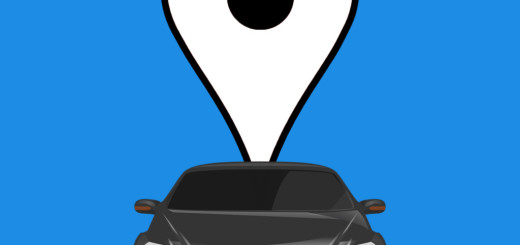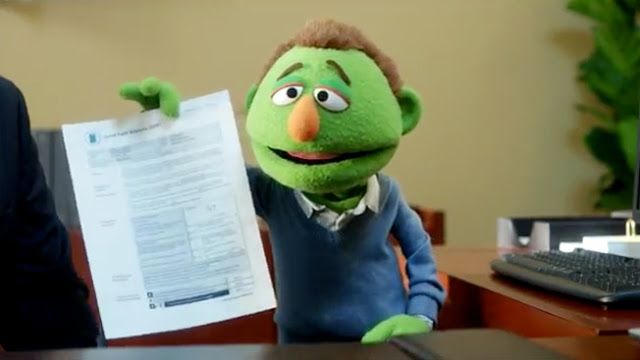Behind the Web
Every day, trillions of bytes (or characters) of data on the World Wide Web is access by ten millions of people in the World. Regularly called the Web, the World Wide Web (WWW) is a structure of records connected electronically over the Internet.
The Internet is a substantial PC network made up of smaller networks and computers all connected electronically. A network comprises of two or more PCs associated with the end goal of sharing data and assets. Last time anyone checked, there were more than 16 million PCs or more than 50,000 systems associated with the Internet.
Every record on the Web is known as Web document or Web page. These reports pull together distinctive sorts of data, including content, graphics, sound, movement, and video. A related arrangement of Web pages is known as a Web Presentation, or website. The expression “presentation” is utilized as a part of the book subsequent to the expression “site” can likewise allude to a few presentations put away on the same PC.
Web presentations are put stored on PCs, called Web servers, which are joined with the Internet. At the point when individuals get to the World Wide Web they utilize a product system called a Web program that empowers them to access, view, and explore every one of the archives on the Web. A percentage of the more basic Web programs accessible are Microsoft Internet Explorer, Google Chrome, Mozilla Firefox, Safari and Opera. Website pages are arranged by these programs, which translate a program called HTML, or Hypertext Markup Language, that is implanted in the record. Web programs perceive HTML codes and utilize them to organize the presentation as seen on the screen.
Uniform Resource Locator, or URL, Web pages recognize this address in the unique way. URL shows a path of the resources stored in the internet. These resources include Web pages. Below we will show you how the typical URL address and how each of its component helps to recognize the Web page’s location on the Internet. Web browsers use URL addresses to locate and access Web page documents and other multimedia objects, such as video clips, on the Web.
For Example:
- http://domain/x/y/z/webpage.html – Typical format for the URL, or address, of a resource on the Internet, including documents on the World Wide Web.
- http://www.domain.com/welcome.html – Example of a URL on the Web. Each component has a distinct meaning, as described below.
- http:// – The hypertext transfer protocol (http), or standard for communication, that governs transfer of several types of Web objects. Another protocol is ftp, or file transfer protocol, which allows files to be downloaded from a particular site to another computer.
- www.location.orgtype – This information, which falls under the “domain” category in the typical URL format shown above, identifies the computer where the document is stored. The domain suffix identifies country (as in fi for Finland), organization (.org), school (.edu), government agency (.gov), Internet service provider (.net), commercial enterprise (.com), and so on. The URL translates into a numeric address. The URL www.njit.edu translates as 128.235.163.2.
- /x/y/z – One or more subdirectories, or paths, which identify an exact location on the computer. For instance, /faculty/mis/ points to a “faculty” directory with an “mis” subdirectory.
- webpage.html – The last URL entry is the document name that is stored as a hypertext markup language (html) document. In this example, “webpage” is the document name and “.html” is the extension that identifies it as an HTML-formatted document.
Once you have accessed a Web page using a Web browser, you can access other documents on the Web by clicking hyperlink. A hyperlink is an address identifying a computer file path name or URL in a Web page that you can click to access another location on the same page, another Web page stored on that Web site, or a Web page stored somewhere else on the Internet. This system of linked information is called hypertext. Files containing hyperlinks are called hyperlink documents. You click a hyperlink to navigate, or jump, to a different document containing related information.
-BISHAL




